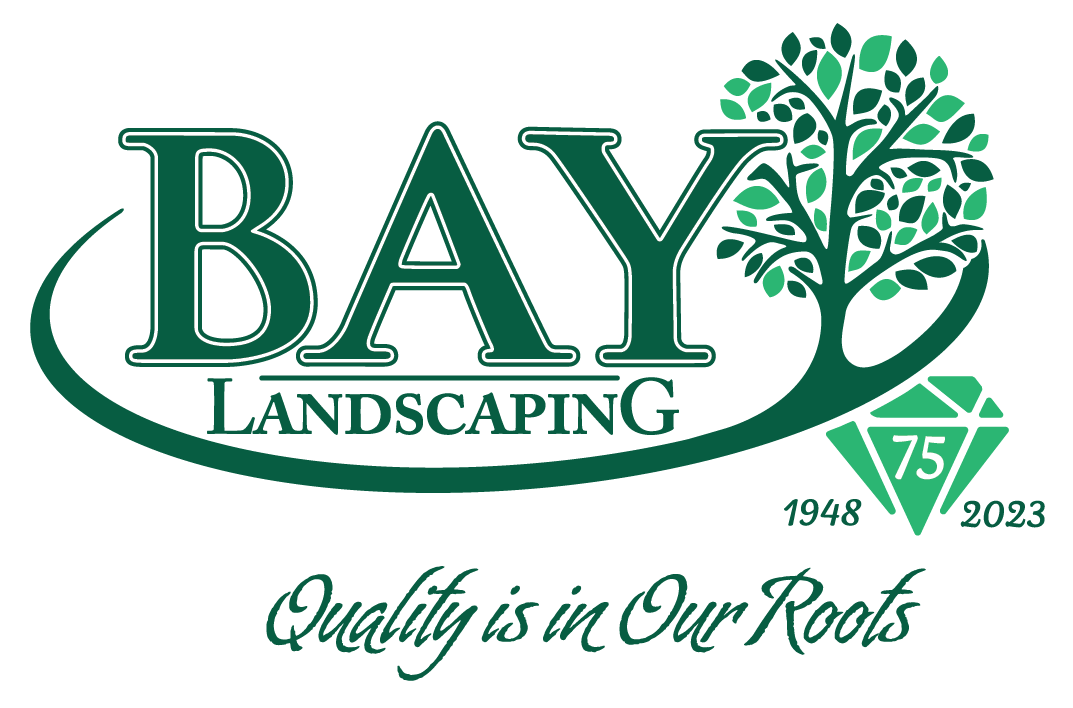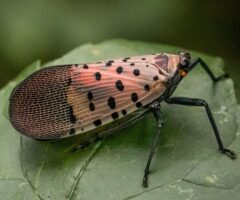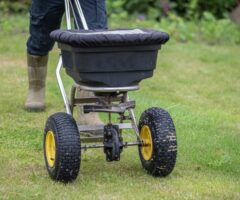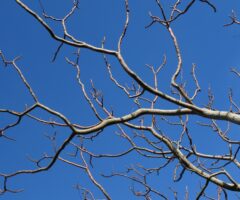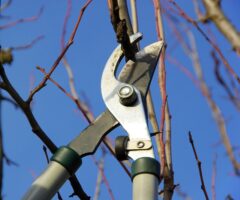It seems like there’s a hydrangea variety for every star in the sky. With countless cultivars available, choosing the right hydrangea for your garden can feel overwhelming. These stunning shrubs offer something for every landscape, but understanding their unique characteristics is key to making the best choice for your space. Here’s your comprehensive guide to the six main types of hydrangeas that thrive in temperate climates, including how to identify them, their care requirements, and tips for selecting the perfect variety for your garden.
The Five Main Types of Hydrangeas
1. The Snowballs
Smooth Hydrangea (Hydrangea arborescens)
Identification Features:
- Bloom shape: Large, round, snowball-shaped clusters
- Colors: Primarily white, with newer cultivars offering pink or green hues
- Leaves: Smooth, heart-shaped leaves
Key Characteristics: Smooth hydrangeas are among the most reliable bloomers since they flower on new wood. This means they’ll produce flowers every year regardless of winter weather, and pruning mistakes won’t cost you a season of blooms.
Best For: Beginning gardeners or those in areas with unpredictable weather patterns who want guaranteed annual blooms.
Pruning Requirements: Blooms generate on new wood; plants perform best when pruned in late winter, early spring.
Size: varieties range in size from 3’x3’ to 5’x5’
Cultivars we offer:
- Annabelle
- Incrediball
- Invincibelle Mini Mauvette
- Invincibelle Spirit II
2. The Sun Lovers
Panicle Hydrangea (Hydrangea paniculata)
Identification Features:
- Bloom shape: Cone-shaped or pineal clusters that start green, turn white, then progress to pink or red
- Colors: Green, white, pink, and red (often all on the same plant as seasons progress)
- Leaves: Oval-shaped leaves with serrated edges
Key Characteristics: Panicle hydrangeas are the most sun-tolerant of all types and can handle full sun in northern climates. They bloom on new wood and offer an extended season of interest with their color-changing flowers.
Best For: Sunny locations and gardeners who want a long season of changing color and texture.
Pruning Requirements: Blooms generate on new wood; plants perform best when pruned in late winter, early spring.
Size: varieties range in size from 30”x30” to 10’x10’
Cultivars we offer:
- Berry White
- Bobo
- Confetti
- Fire Light
- Fire Light Tidbit
- Limelight (also available on standard)
- Little Hottie
- Little Lime
- Little Quick Fire
- Mystical Flame
- Phantom
- Pinky Winky (also available on standard)
- Quick Fire
- Strawberry Sundae
- Vanilla Strawberry (also available on standard)
3. The Color Changers
Bigleaf Hydrangea & Mountain Hydrangea (Hydrangea macrophylla & Hydrangea serrata)
Identification Features:
- Bloom shape: Large, round clusters (mophead) or flat-topped with outer petals surrounding a central cluster (lacecap)
- Colors: Variable from pink to blue depending on soil pH
- Leaves: Large, oval-shaped leaves with smooth edges (macrophylla) or serrated edges (serrata)
Key Characteristics: While they are two different species, for simplicity, we have grouped bigleaf and mountain hydrangeas in the same category; they’re very closely related and have nearly identical specs. Bigleaf and mountain hydrangeas are perhaps the most recognizable type, featuring those classic globe-shaped flower heads we often associate with hydrangeas. These plants typically bloom on old wood, meaning flower buds form in late summer and must survive winter to bloom the following year.
Best For: Gardeners who want the classic hydrangea look and can provide consistent moisture and protection from harsh weather.
Pruning Requirements: The majority of bigleaf and mountain hydrangea varieties bloom on old wood; if pruning is desired, these plants perform best when pruned immediately after flowering, before August with a heading cut. Exceptions are varieties like Endless Summer that bloom both on new and old wood.
Size: varieties range in size from 3’x3’ to 6’x6’
Cultivars we offer:
- Bloomstruck – blooms on both new and old wood, pruning is not necessary but can be done in early spring
- Cityline Paris – blooms on exclusively old wood, prune immediately after flowering
- Color Fantasy – blooms on exclusively old wood, prune immediately after flowering
- Endless Summer – blooms on both new and old wood, pruning is not necessary but can be done in early spring
- Let’s Dance Rhythmic Blue – blooms on both new and old wood, pruning is not necessary but can be done in early spring
- Twist ‘n’ Shout – blooms on both new and old wood, pruning is not necessary but can be done in early spring
4. The Fall Showoffs
Oakleaf Hydrangea (Hydrangea quercifolia)
Identification Features:
- Bloom shape: Large, cone-shaped clusters similar to lacecaps
- Colors: White flowers that turn pink or brown as they age
- Leaves: Distinctive oak-shaped leaves that turn vibrant red, purple, and orange in fall
Key Characteristics: Native to North America, oakleaf hydrangeas offer four-season interest with their unique foliage, summer blooms, and spectacular fall color. They bloom on old wood but are generally more cold-hardy than bigleaf varieties.
Best For: Gardeners wanting native plants with exceptional fall interest and unique texture.
Pruning Requirements: Blooms on old wood; avoid heavy pruning. If pruning is necessary, prune to shape immediately after flowering. In early spring when the plant is starting to leaf out, you may remove any damaged or dead stems.
Size: varieties range in size from 3’x3’ to 8’x8’
Cultivars we offer:
- Jetstream Oakleaf
- Snow Queen Oakleaf
5. The Climbers
Climbing Hydrangea (Hydrangea petiolaris)
Identification Features:
- Bloom shape: Flat-topped lacecap clusters
- Colors: White flowers
- Growth habit: Climbing vine that can reach 30-50 feet
- Leaves: Heart-shaped leaves that turn yellow in fall
Key Characteristics: Hardy to USDA zone 4, climbing hydrangeas are slow to establish but create stunning vertical displays. They bloom on old wood and require minimal pruning once established.
Best For: Covering walls, fences, or large structures where vertical interest is desired.
Pruning Requirements: Blooms on old wood; avoid heavy pruning. If pruning is necessary, prune to shape immediately after flowering. In early spring when the plant is starting to leaf out, you may remove any damaged or dead stems.
Size: Mature size is dependent on maintenance but it can reach 6’ x 50’ with trellis, wall, or other supports
Cultivars we offer:
- Classic Climbing
Choosing the Right Hydrangea for Your Space
Evaluate Your Site Conditions
- Sun exposure: Most hydrangeas prefer at least 4 hours of morning sun, with panicle types tolerating full sun
- Soil drainage: All hydrangeas need moist but well-draining soil
- Space available: Consider mature size when selecting varieties
Match Your Maintenance Style
- Low maintenance: Choose new wood bloomers (panicle and smooth)
- Don’t mind careful timing: Old wood bloomers offer unique beauty but require more attention to pruning timing
- Want guaranteed color: Stick with white varieties or panicle types with predictable color progression
Essential Care Tips for Success
Soil and Water: Hydrangeas prefer moist but well-draining soil and will not tolerate waterlogged conditions. Their shallow root systems mean they dry out quickly, so consistent watering is essential, especially during establishment.
Mulching: Apply a 2-3 inch layer of shredded bark mulch around plants to retain moisture and regulate soil temperature. Ensure you’re not creating mulch volcanoes (check our ask the expert answer on mulching)
Sun Requirements: While often considered shade plants, hydrangeas perform best with at least 4 hours of morning sun daily. Panicle varieties can handle full sun in northern climates.
Basic Pruning Guidelines:
- New wood bloomers: Can be pruned in late winter/early spring, removing up to one-third of height if desired
- Old wood bloomers: Avoid pruning altogether; choose appropriately sized varieties for your space
- All types: Remove spent flowers and dead wood in early spring.
- Don’t worry: Ideal pruning time is just that: ideal. If you happen to prune too late or too early, take a deep breath. Mistimed pruning rarely causes harm to a plant. Usually, the worst thing that happens is your plant will have one season of no blooms; like outgrowing a bad haircut.
Container Growing: All hydrangea types can be grown successfully in containers, making them perfect for patios, decks, or areas where you want moveable color. As potting mixes are acidic, macrophylla and serrata varieties thrive and will throw brilliant blooms.
Making Your Final Decision
The best hydrangea for your garden depends on balancing your aesthetic preferences with your site conditions and maintenance style. If you’re new to gardening or want guaranteed blooms, start with panicle or smooth hydrangeas. For unique foliage interest, consider oakleaf varieties. If you love the classic mophead look and can provide consistent care, bigleaf hydrangeas are unmatched in their beauty.
Remember that hydrangeas are long-lived plants that will grace your garden for decades with proper care. Take time to research specific cultivars within each type, as there can be significant variation in size, color intensity, and cold hardiness even within the same species. If you’re still undecided, reach out. We would love to help you select the perfect hydrangea for you!
With their stunning flowers, interesting foliage, and relatively easy care requirements, hydrangeas truly offer something for every garden. Whether you choose one type or create a collection featuring multiple varieties, these remarkable shrubs will provide years of beauty and seasonal interest in your landscape.
